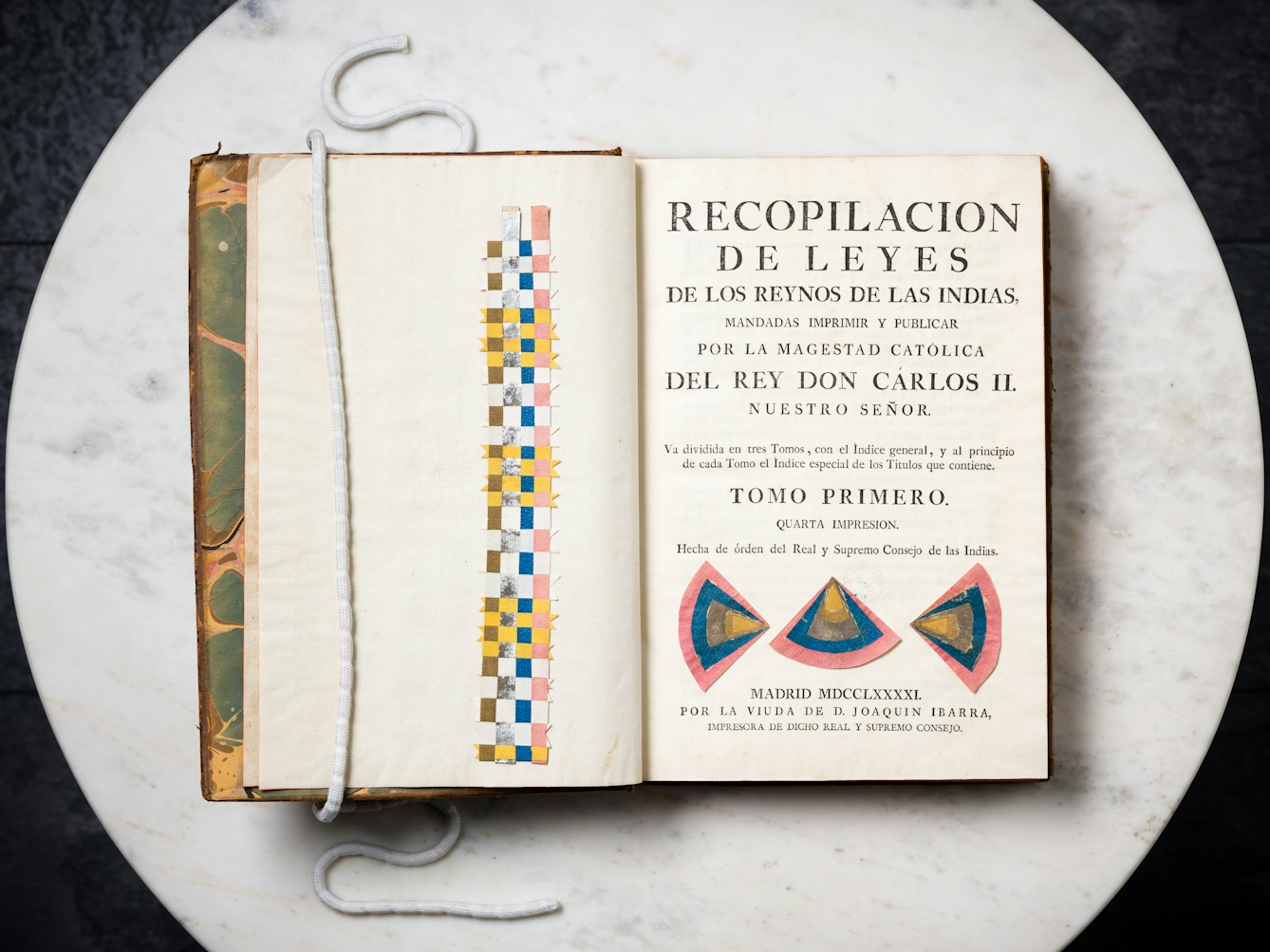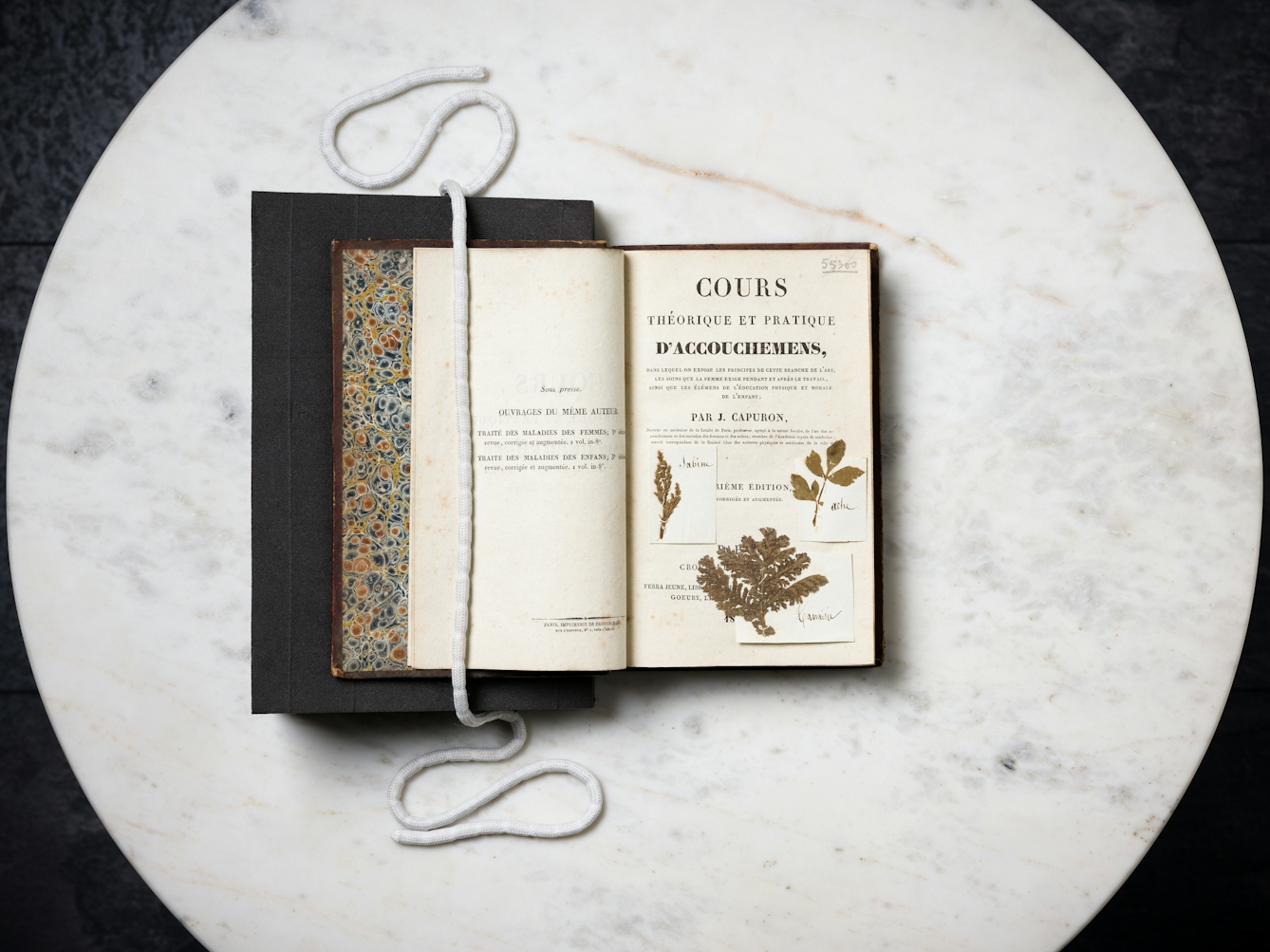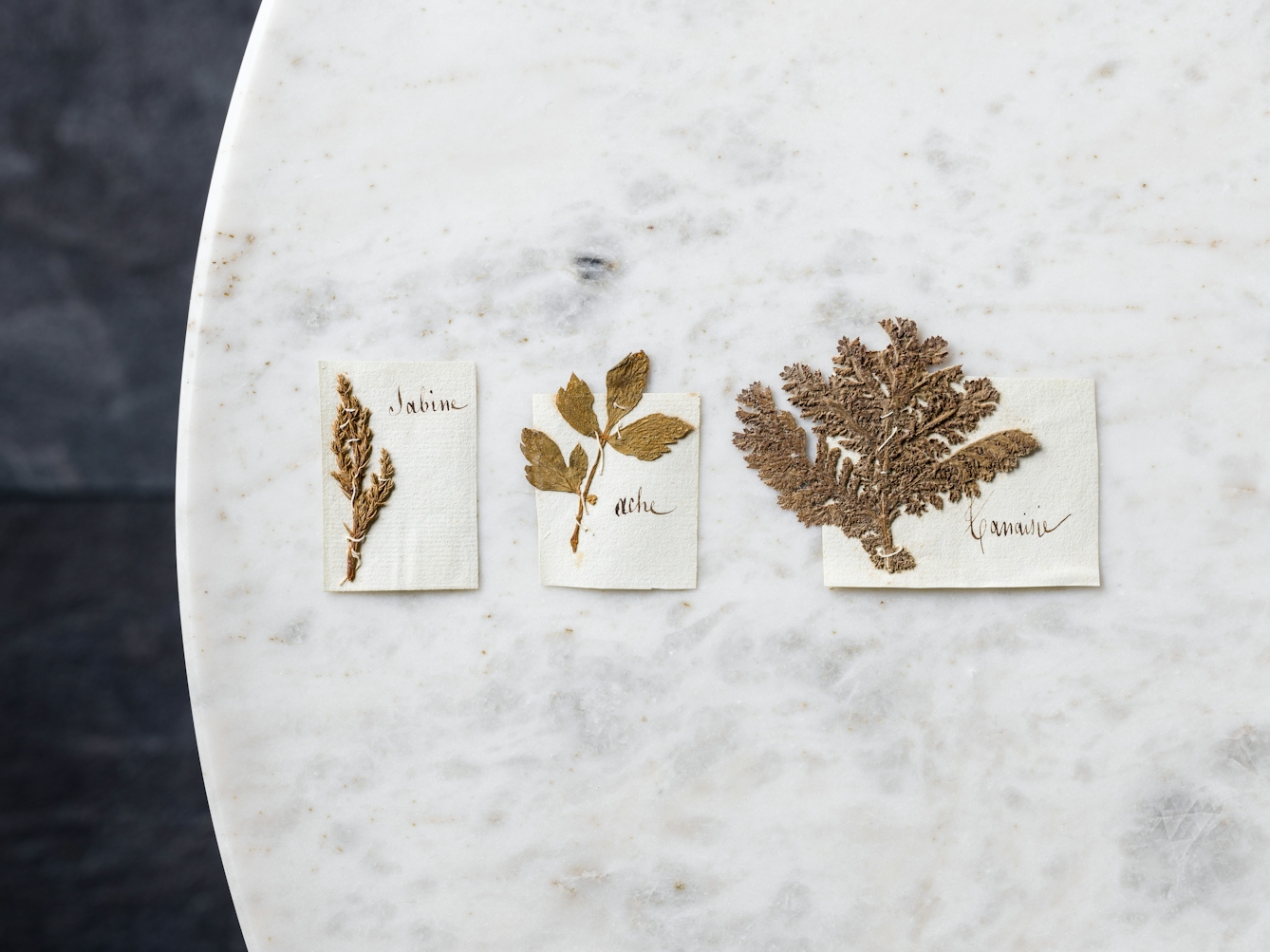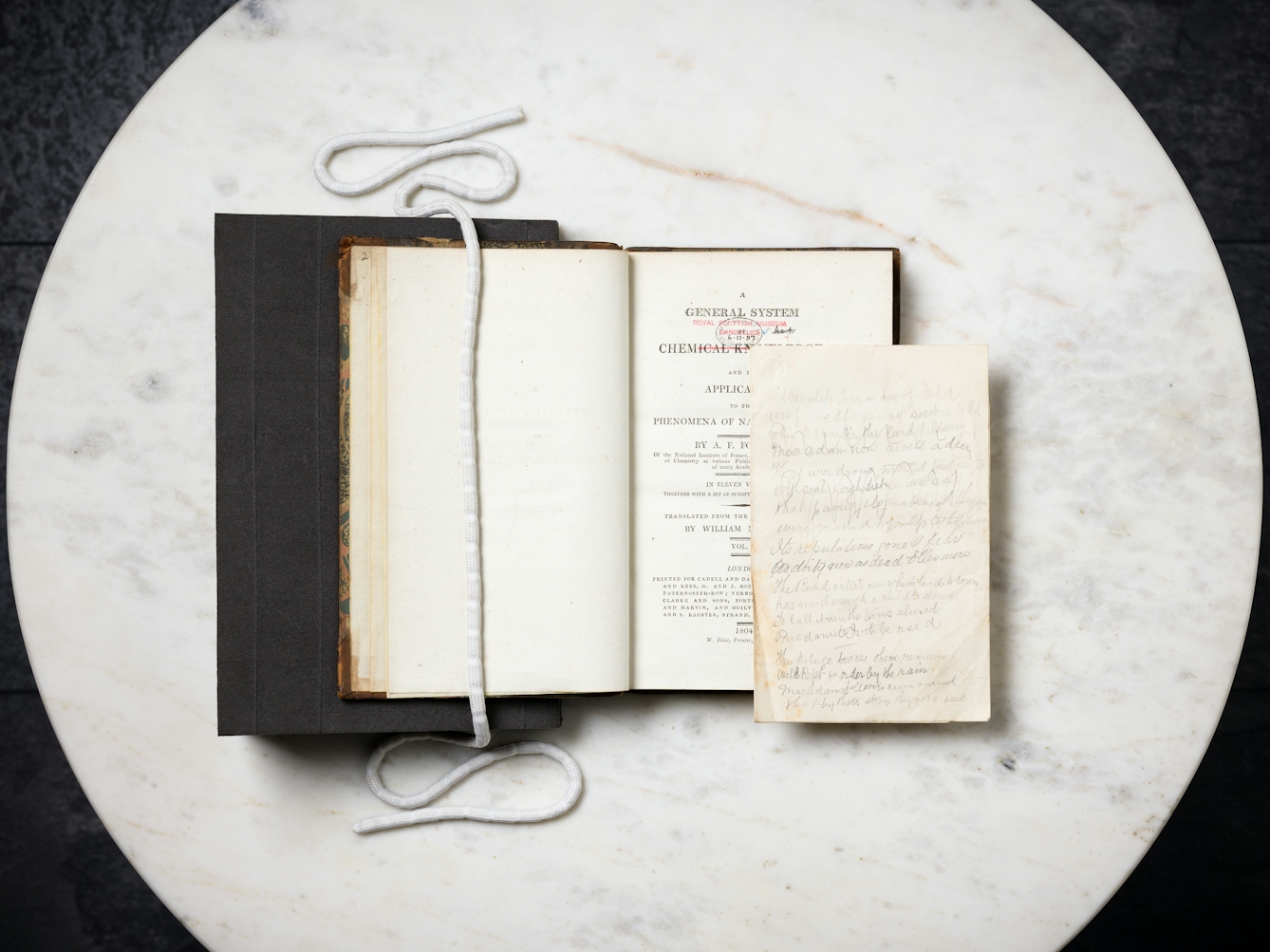Books leave their traces in our minds, but often we leave traces of ourselves in books, too. These fascinating items found inside old works help us read between the lines of those who came before.

You’d be surprised what can be found pressed between pages, left behind by previous readers of old medical books.
For instance, we occasionally come across stray ephemera when assessing books for the UK Medical Heritage Library digitisation project (which encompasses medical literature from the 19th century). Some items are typewritten, others handwritten or handcrafted, or are clippings from other newspapers and texts. These objects offer unexpected and tantalising glimpses into the lives of those reading the works that now form part of Wellcome Collection.

A reader of this text on Spanish colonial laws fashioned a colourful paper crown, perhaps pretending they ran their own South American town.

Some objects are immediately striking. These colourful pieces of paper jewellery were found in a book on the laws of the kingdoms of the Central American region known as the Spanish Indies during the reign of Charles II of Spain. They seem to be a playful and imaginative response to the text and possibly an attempt to fashion a paper crown and jewellery in a historical Mesoamerican style.
And while the book they’re from might sound a little dry, these laws were the first in the world to set out the rights of colonised people. They represent an attempt to protect the native population of South America from the worst excesses of encomenderos (conquerors).

A previous reader of this book on midwifery appears to have had hands-on knowledge of folk remedies, as the plants carefully pressed and labelled inside had practical uses for women.

These delicate pressed flowers and plants, discovered inside a French language book on childbirth and midwifery, are also highly suggestive. They have been stitched with great care to paper labels with the names of the specimens, also written in French. All three plants, Ache (smallage, from the celery family), Sabine (savin, from the juniper family) and Tanaisie (tansy, an aster), were historically used to induce abortion, indicating that the reader had practical involvement in women’s reproductive health. The juxtaposition of obstetrics with botany offers a snapshot of the diverse interests of this unknown reader.

A former reader of this chemistry book was distracted from scientific study by the weather, penning an ‘Ode to the Road’ that had flooded nearby.

Sometimes the least distinctive looking items turn out to have a charm all of their own. When I came across the two handwritten pages above, in a book entitled ‘A General System of Chemical Knowledge; and its Application to the Phenomena of Nature and Art’, it wasn’t clear exactly what I’d found. Then I noticed that the lines rhymed – it was a poem! But this was no romantic love sonnet. It’s actually about the author’s deep dissatisfaction with local road drainage – an ode to the road, as it were. Specifically, the target of the would-be bard’s poison pen is the method of road construction developed by John Loudon McAdam in the early 19th century, which involved simply covering the native soil with a compacted layer of evenly sized stones. Below is my attempt at transcribing his words:
Old Oswold’s town in days of old
Was famed for neatness soever told
Its reputation’s gone I fear
Dirty now as dead Ellesmere.
The road called new which leads to town
Has mud enough a child to drown
To call it new, the term’s abused
Pre-Adamite, I vote be used.
The deluge’s traces still remain
Well kept in order by the rain
Macadam’s followers seem amazed
That by their stones they’re not erased.
Near the swamps a mansion stands
Kept for the sick by generous hands
When from his sleep a patient wakes
He sees around a land of lakes.
This photograph from 29 November 1939 shows the flooded road at Oswestry.
A little research indicates that our poet’s town was probably Oswestry: it’s near Ellesmere, has a New Road, and had a stately home-turned-hospital called Park Hall. There are even some fantastic old pictures of a 1939 flood, with cars attempting to push through the gushing water.
What I like about this item (putting aside its dubious literary merit) is that it gives a vivid sense of the curmudgeonly character of the person who wrote it.
This poem, the plants and the paper jewellery are also appealing because they remind us that books are about readers as much as they are about authors. When the books we work with are made available online, they will meet new readers who bring with them their own attitudes and knowledge. It’s important for us to consider the different kinds of interactions that today’s readers have with our digital books, and how the essence of these online encounters might be captured and mapped.
About the contributors
Paul Horn
Paul Horn is a Digitisation Support Officer at Wellcome Collection. He has previously worked in digitisation roles at the Shakespeare Birthplace Trust and the Internet Archive.
Thomas S G Farnetti
Thomas is a London-based photographer working for Wellcome. He thrives when collaborating on projects and visual stories. He hails from Italy via the North East of England.


